Just a couple hours into Ghost of Yōtei, the latest PlayStation 5 exclusive from Sucker Punch, I knew exactly how my day-to-day experiences with this game would go. At the start of every session, I identify what main quests are available to me at this time, check my map for any side quests, bounties, or places of interest I haven’t completed yet, and then chart a course for the next hour or so of play.
I hop on my horse, ride across the gorgeous fields and streams at the foot of Mount Yōtei, and start checking off boxes. First, locate an Altar of Reflection so I can unlock a skill point. Then, challenge another swordsman to a fight to the death to unlock a charm. After that, I’ll complete a bounty hunt so I have enough cash for weapon upgrades, and then I’m off to kill a base camp of Saito thugs with relative ease. I’m having a lot of formulaic fun.
With any luck, though, this will be one of the last times I play a game like this.
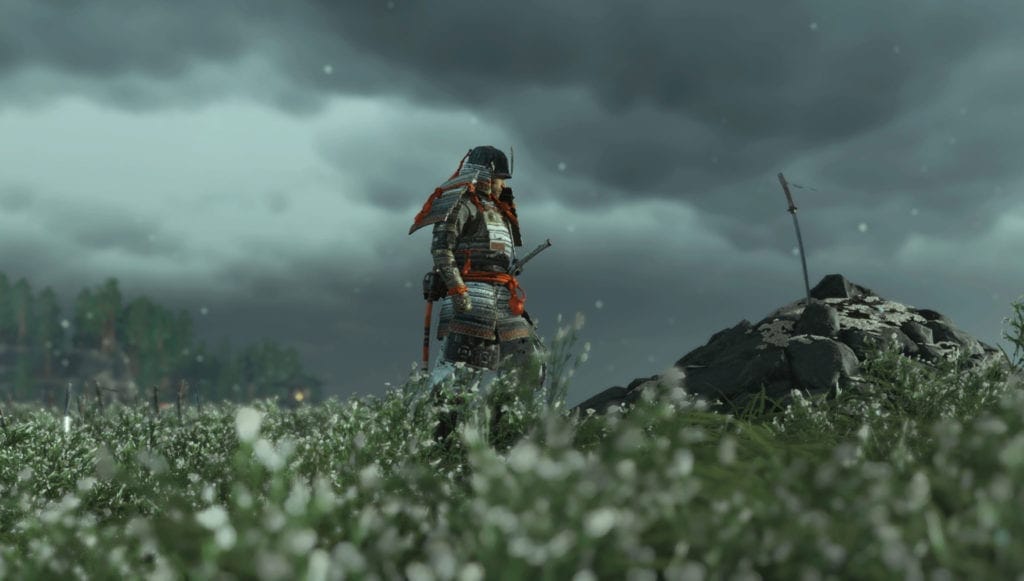
More Stuff
In Ghost of Yōtei — a sequel to 2020’s Ghost of Tsushima — players assume the role of Atsu, a young woman from Ezo, Japan (modern-day Hokkaido) in 1603 who seeks to avenge her parents and brother, all of whom were mercilessly butchered by a renegade militia known as the Yōtei Six. Sucker Punch tells this story through a piecemeal approach: You only see bits of the past at a time, with constant hints that there’s more to what’s going on than Atsu just killing evil men.
Obviously, the kind of narrative backdrop Yōtei presents lends itself well to an open-world video game, where the player can advance through the story at whatever pace they like and in a potentially non-linear manner. Since this revenge tale lacks big-picture urgency, there’s tons of optional side activities as well, all of which add color to the whole experience but mostly exist to beef up Atsu ahead of main quest showdowns through money, skill trees, armor upgrades, and other goodies.
With sharp yet simple combat mechanics and top-notch production values, Ghost of Yōtei offers a comforting, familiar feedback loop: Ride around a big map on your horse, find stuff, kill stuff, buy stuff, upgrade stuff, occasionally talk to people, do main quests, and then back to all the stuff. Progress is easy to attain and even easier to track. It’s a constantly engaging experience, albeit a largely frictionless one as well.
I’m enjoying my time with all this stuff. But it is mostly stuff. Things to do. Boxes to check off.
Checklist games are less about wandering through fantastical lands and happening upon neat things by chance, and more about being told exactly what’s available to you ahead of time and letting you determine how much of it actually interests you.
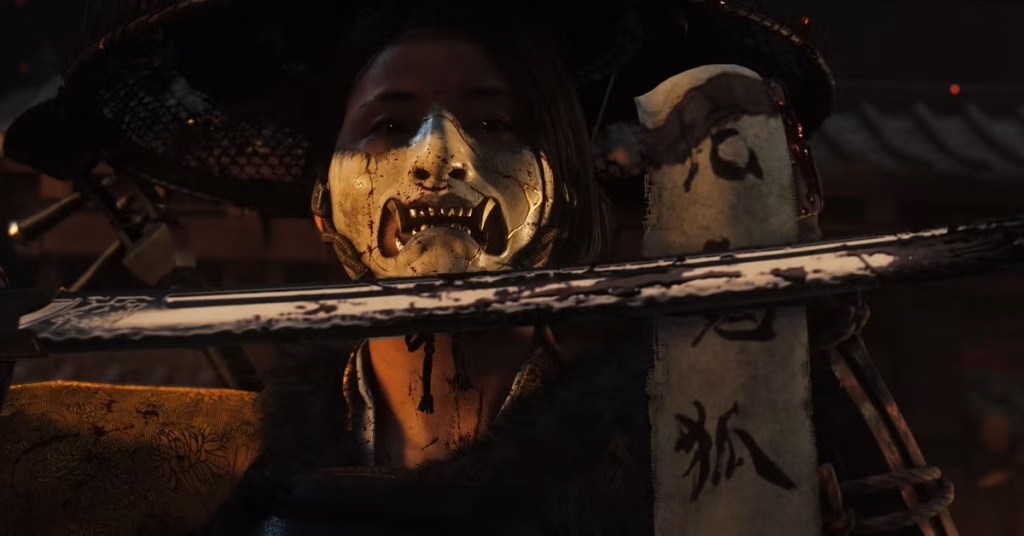
Boxes Checked
I wrote earlier in this piece that I’ve spent several hours playing Ghost of Yōtei, but it would be just as accurate to say I’ve been playing Ghost of Yōtei for nearly two decades. I played Ghost of Yōtei briefly in 2008 when I bought a used copy of the first Assassin’s Creed from GameStop for $15. I played Ghost of Yōtei when I was searching for Riddler trophies in Batman: Arkham City in 2011. I played my favorite version of Ghost of Yōtei in 2022 in the form of God of War: Ragnarök, and I played my least favorite version of Ghost of Yōtei two years earlier in the form of Assassin’s Creed Valhalla.
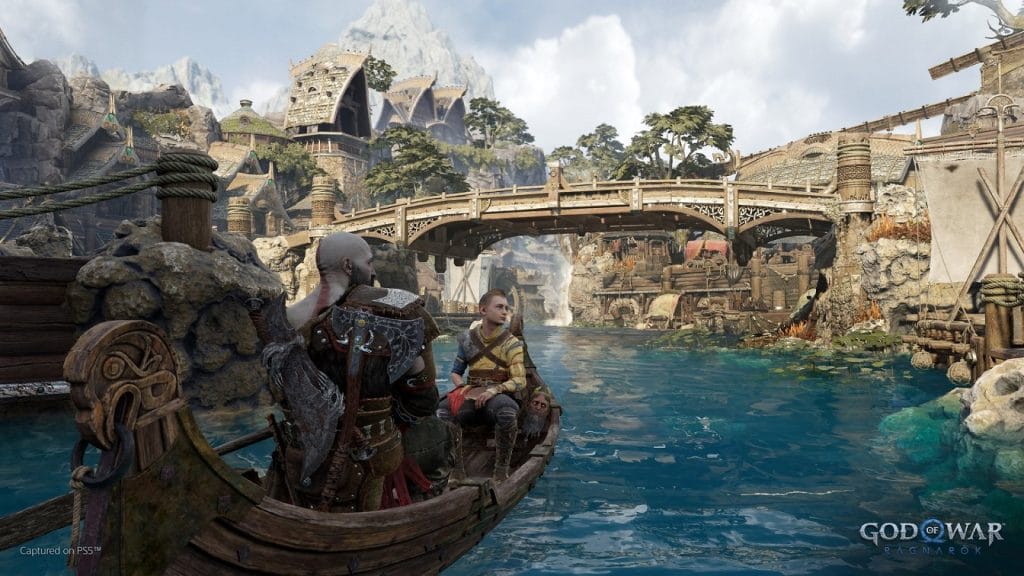
To be crystal clear, I’m not saying all open-world action-adventure experiences are exactly the same. When talking about games that share the same essence found in Yōtei, I’m referring more specifically to what some have called Ubisoft-style games (as they popularized these kinds of worlds with Assassin’s Creed and Far Cry). Personally, I prefer calling them “checklist” games. Unlike the massive locales found in The Elder Scrolls V: Skyrim, Red Dead Redemption, Elden Ring, or The Legend of Zelda: Breath of the Wild, checklist games are less about wandering through fantastical lands and happening upon neat things by chance, and more about being told exactly what’s available to you ahead of time and letting you determine how much of it actually interests you.
In some cases, a checklist game will truly respect and value the time of its players with well-written side quests, stunning vistas, and compelling characters. In other instances, the world is just a backdrop for more and more content, with little substance to be found. In either case, the game literally tells you what you can find before you find any of it. As a result, these are worlds centered on specific activities and rewards instead of mystery and spontaneity. The actual vista you find at the end of a shrine climb in Yōtei might amaze you, but you also know the second you see those big gates what kind of gameplay to expect for the next few minutes.
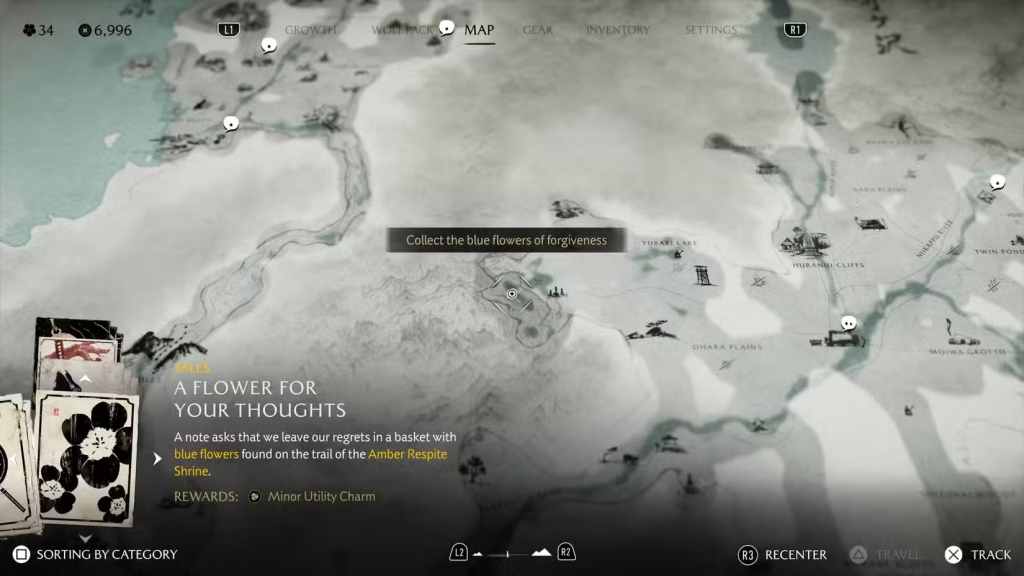
Too Much Clarity
Open worlds attract players because they present (sometimes literal) mountains of possibility. With checklist games like Ghost of Yōtei, you pretty much know all of the possibilities early on. All the points of interest fall into a specific set of categories. Once you start earning money and grabbing resources, it becomes immediately clear what you can buy or craft. Story quests are longer and have more intricacies than smaller side quests. Every time you get a new weapon, the game explains how and when to use it relative to your other weapons. Everything fits neatly together in a game like Ghost of Yōtei, making for a smooth, seamless gameplay experience with few, if any, surprises.
Now, there’s nothing inherently wrong with these kinds of titles. As a general rule, I don’t find any particular video game genre, mechanic, system, or design philosophy inherently good or bad. The implementation of and context around any single aspect of a game is what matters most.
What’s happened over the years, though, is that the checklist game became the bog standard of AAA development for single-player experiences, and not just for Sony and Ubisoft. Halo Infinite’s campaign follows a lot of the same principles, and even a masterpiece RPG like The Witcher 3: Wild Hunt normalized including a similar array of optional side-content, albeit in a way that raised standards for such an experience.

As a result, we’ve had a glut of this kind of open-world game for such a long time, to the point where genre fatigue has set in. How can I be excited for a sequel to Horizon Forbidden West when I already pretty much know what to expect from it? Can I really justify buying another Assassin’s Creed game at this point when the only things that really change are setting and scale?
I’m not saying checklist games have to go away forever. But the joy of exploring the Depths for the first time in The Legend of Zelda: Tears of the Kingdom, discovering a new kind of sick boss is at the end of a catacomb in Elden Ring, or happening upon a KKK meeting at night in Red Dead Redemption 2? Those moments — the ones that have always been crucial to video games as an art form — aren’t especially common in checklist games. They can only really occur if the player isn’t fully aware of what’s possible at all times.
And that’s fine! There’s a different kind of joy found in familiarity and clarity. Ultimately, though, this is where that genre fatigue comes from: These checklist worlds lack intrigue. They offer loops of compelling story moments, bloody sword fights, and moments of contrived serenity, but limited opportunity for shock and awe. You also can’t “break” or “figure out” games like these, because everything is laid out for you.
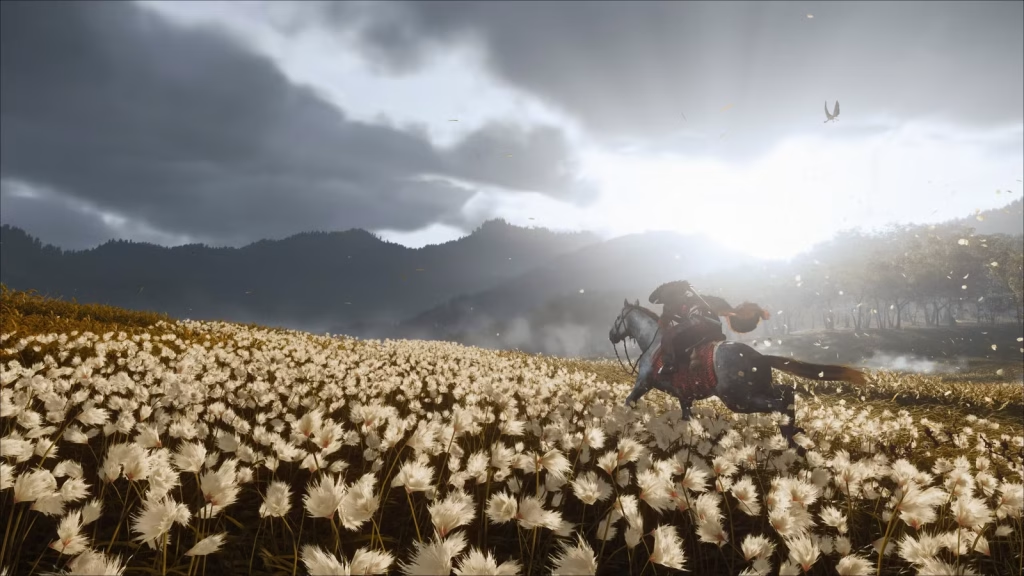
Familiarity Can Be Good
Luckily for me, even if Ghost of Yōtei is largely another one of these games, it’s at the very least a good one. Much like its predecessor, Yōtei doesn’t just aim to present a photorealistic version of Japan; it expertly organizes colors and architects stunning natural environments to create something that feels like a beautiful fantasy world, even though you know it’s meant to feel real. The game’s approach to combat variety isn’t exactly new, but the pace of each encounter forces you to be mindful of your tactics and surroundings, making even simple fights fairly engaging. Moreover, even the somewhat cookie-cutter plot has its fair share of tense, fascinating moments, with voice actor Erika Ishii giving Atsu a nuanced pathos. Simply being in this world is a treat on its own, even if it’s mostly an experience I’ve had before.
Also, it would be unfair to Yōtei if I didn’t mention some of the more creative things it does. I love that it carries over the mechanic from Ghost of Tsushima that lets the wind guide you towards marked places on your map. I appreciate how the game utilizes unique DualSense controls for building a fire, roasting food, or painting vistas. And even if I’m probably never going to view the game in Watanabe Mode, Kurosawa Mode, or Miike Mode, I think it’s super interesting that the folks over at Sucker Punch want players to have different audio-visual presentation offerings. As a whole, Ghost of Yōtei isn’t anything new, but that doesn’t mean there’s nothing interesting or special about it.
I’m not bringing any of this up because I find Ghost of Yōtei disappointing in any way. On the contrary, it’s exactly the kind of gaming comfort food I’ve craved for a while. I love fighting other swordsmen to the death, sneaking around Saito camps, gazing at the beautiful night skies, roasting mushrooms, following golden birds, and learning new sword abilities. It’s just that there’s also a part of me that wants more from massive AAA games, and wishes studios like Sucker Punch would take more creative risks.
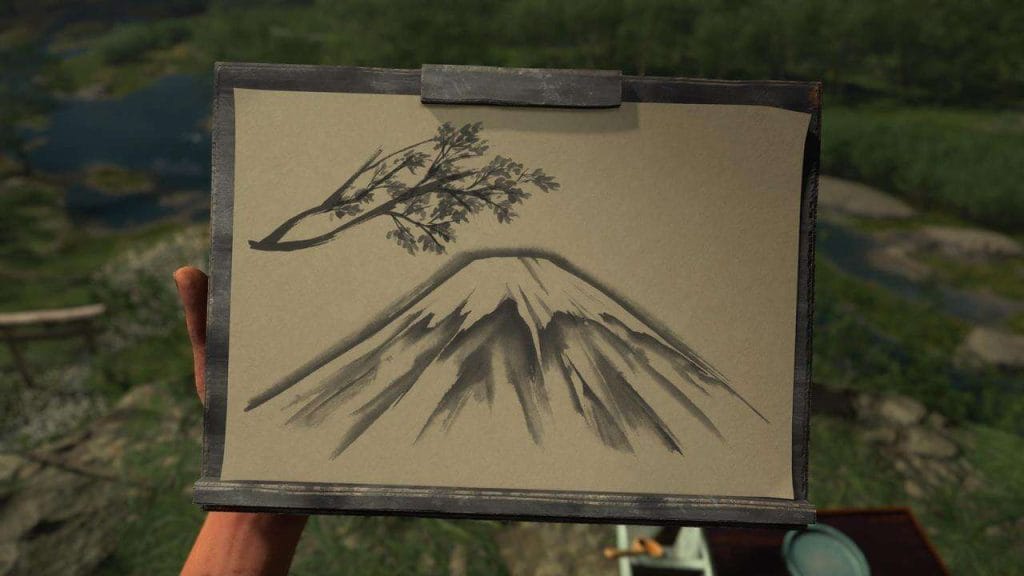
These checklist worlds lack intrigue… Even if Ghost of Yōtei is largely another one of these games, it’s at the very least a good one.
Final Thoughts
Ghost of Yōtei doesn’t need to be more than what it is right now. In a vacuum, it’s a very well-made game that I’m having a good time playing. At the same time, I wonder how much more interesting an adventure of its ilk could be if Sucker Punch hadn’t skewed so closely to firmly established ideas. What if there were more creative ways to approach combat using the DualSense, instead of just hitting the square and triangle buttons? What if there wasn’t a map at all, and you had to only use word of mouth or visual cues to find points of interest? What if some of those points of interest didn’t have immediate, predictable rewards, but something else entirely?
Despite my sincere enjoyment of Ghost of Yōtei, I genuinely hope it’s the last of its kind, at least for a while. Even as I gaze across the stunning landscapes, battle fierce foes, and learn more about the fascinating denizens of Ezo, I’m readier than ever to leave these kinds of games behind. Open worlds are here to stay, but maybe it’s okay if these ones are not.
How do you feel about Ghost of Yōtei? Let us know in the comments!
Sam has been playing video games since his earliest years and has been writing about them since 2016. He’s a big fan of Nintendo games and complaining about The Last of Us Part II. You either agree wholeheartedly with his opinions or despise them. There is no in between.
A lifelong New Yorker, Sam views gaming as far more than a silly little pastime, and hopes though critical analysis and in-depth reviews to better understand the medium's artistic merit.
Twitter: @sam_martinelli.


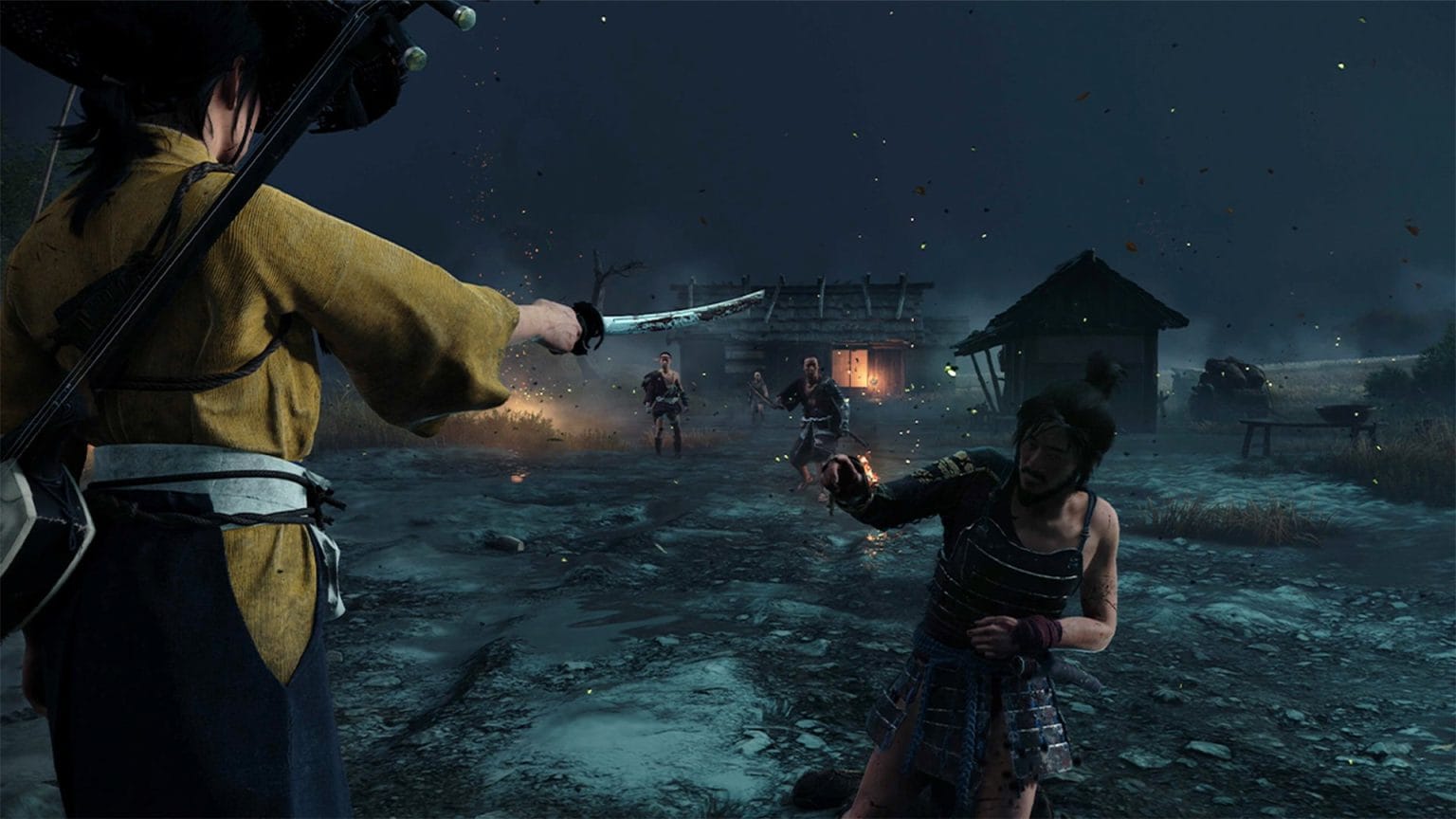






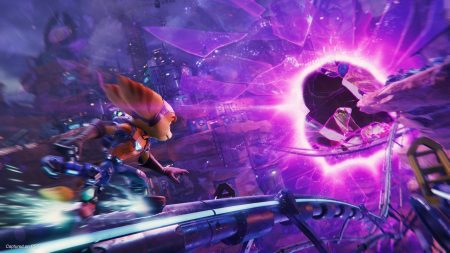
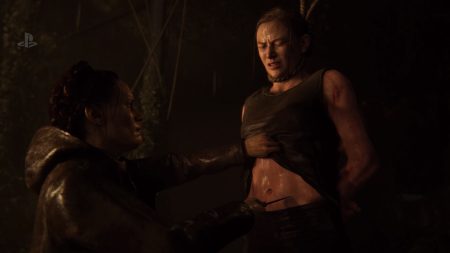
28 Comments
Says they dislike checklist games, then lists off other checklist games…. make it make sense.
lmao i thought the same thing
I think yotei has quite a decent amount of spontaneity and I think it has more in common with breath of the wild than you give it credit for. Maybe it depends on how you approach it. If you plan it out as a checklist then sure, that’s how your play though will go but I’ve been playing with the same approach as I did with BOTW. Just wandering around the wilderness until something piques my interest and I’ve been surprised many times with what I’ve found.
It has nothing to compare with shity Ubisoft’ games. Personally this is the best “open world” game ever done.
Nah, Ghost of Yōtei isn’t Assassin’s Creed at all. It’s not trying to copy Ubisoft’s formula — it’s way more focused on atmosphere and storytelling than endless checklist grinding. I get the Horizon Forbidden West comparison, but that feels more like a respectful nod than imitation, the same way Skyward Sword clearly lifted ideas from Shadow of the Colossus. Funny how nobody complains about that. And let’s be real, if you’ve played every Assassin’s Creed and other open worlds without calling for those to end, it’s weird to single out Sucker Punch just because they’re a Sony studio. That’s not fatigue — that’s bias showing.
The game doesn’t hold your hand. You playing like that is your fault. You could literally never look at the map and just follow the envi and have a blast getting lost for hours. Maybe try to play the game is supposed to be played not like assassin’s creed and then say its like assassin’s creed.
I was happy to read a review with two brain cells to rub together but you need to give some of them back to these people commenting because they can’t read.
This article got away from you. While you have some solid points, they become very diluted. I think if you distilled your argument down, it looks something like – videos are pointless quests in general. We know my friend. But we still like them.
Haven’t played Yōtei yet (PC), but this is something I felt in Tsushima.
Exploration is not rewarded in Tsushima. Climb a mountain and the most you’ll find is one of those Sashimono banners. It’s especially bad when you find something unique, such as a mountain covered in blue flowers that are unique to that mountain, and then find there’s nothing there because you haven’t unlocked the quest.
Tsushima would not lose any value if the game just teleported the player from quest to quest. The empty open world does nothing but slow things down.
I’d put money on Yōtei being the same.
Then you would lose your money, Yotei is one of the same but quite different atleast you get rewarded for exploration. You dont have banners anymore but…… well I’ll let you find out what you find.
If it was that easy, play on the the much harder modes. This seems like a lazy characterization of someone unfamiliar with older games and game theory trying to justify why they don’t like specific titles.
Yeah about that, ghost of yotei is phenomenal. Your playing it like a checklist but that’s not how it’s meant to be played, that’s why it has options to turn all that stuff off. It’s meant to be played like a samurai movie is watched. It’s meant to replicate the feel of old samurai movies. So how about instead of opening the map and clicking on every mission just explore the world. I haven’t mapped a single mission. I just explore the world and talk to everyone and find my next mission. This is a great game. And I hope they make a 3rd one
It was the same for Valhalla you can choose a harder difficult and exploration made that takes of everything that helps you travel but your raven and compass im power 160 and have only forged 1 alliance and did all the asgard missions but 1 this guy does not need to be explaining how to play open world games
Miike mode rules.
What a buzzkill
This game is alot of fun and looks amazing it has a old west revenge tale theme that’s cool I think some critics over analyze games these days
Yeah, I really hate when video games do video game things
Yea but will be the same people complain about not enough help in the game
The clarity is available to you in case you don’t want to wander. You’re never forced to use the spyglass beyond its initial introduction, you’re never forced to buy map fragments. The world is full of ways to follow points of interest without ever needing the map. There are many things in the world you can stumble upon accidentally.
If this became a checklist game for you, then it’s because you decided to play it like a checklist game. You want to wander in the game, but you made sure to track and follow each box to check off on purpose. This sounds like someone who went to a buffet and complained that they ate too much. You control your experience. The devs give several options to play however someone might want.
It isn’t fair to them or the game that your narrow view made the experience feel lesser.
Most of the what if questions at the end of the article are answered with “then it would be a lot like a Piranha Bytes game”
However, Piranha Bytes, who was well known for their open world games without such checklist objectives, have gone bankrupt this year while Ubisoft and other copycat devs are still going strong. Sure, there are other issues with the latest PB games, but you can’t deny the fact that the Ubisoft formula for open world games works for most gamers. And if there’s something that publishers love it’s predictability and guaranteed profits.
That is why there are hopefully games like hell is us that don’t give you any clues on what to do exactly. I won’t buy this game, even if it has stunning visuals. It is the same iteration again and again without anything new. I guess sucker punch didn’t want to to take risks. The result is the same boring game where you walk around without doing anything special.
Some of the games that you’re comparing Ghost of Yotei to are from much bigger studios, and cost 2-4 times as much to produce. Yes, checklist games can become a bit mind-numbing, but as others have pointed out you don’t have to play Ghost of Yotei with map markers guiding you.
ghost of yotei is actually so good definitely one of my favourites. I did like ghost of Tsushima the most, but ghost of yotei is peak
This review honestly reads like it was written by someone who feels guilty for enjoying a PlayStation game. They admit Ghost of Yōtei is “very well-made” and that they’re “having a good time,” but then immediately wish it were something completely different — basically less like a Sucker Punch game and more like a Nintendo title.
They say the game sticks too closely to “firmly established ideas,” yet the suggestions they make sound straight out of Breath of the Wild — no map, relying on visual cues, rewards that aren’t predictable, etc. What’s funny is that Ghost of Yōtei actually can be played that way if you want. You can ignore the map and HUD hints completely and still find points of interest naturally by following landmarks or the environment. The game already gives players that freedom; it just doesn’t force it on you.
The part that really doesn’t make sense is saying “I hope it’s the last of its kind” while also calling it a great game. That’s like saying you had an amazing steak dinner but hope nobody serves steak anymore. It sounds less like an actual critique of Ghost of Yōtei and more like burnout with the PlayStation formula — grounded realism, structured open worlds, cinematic storytelling — all the stuff that makes it stand out from Nintendo’s style.
So yeah, it reads more like a Nintendo fan struggling to appreciate something outside their comfort zone. They clearly like the game but seem to resent that it’s not designed like Zelda.
I think the devs did the best possible thing that someone in the position of a studio crafting a modern Playstation exclusive could do. They included all the tools you can make use of if you want the game to hold your hand, to not risk alienating the mainstream auidence, but then they also made quite clear that these tools are optional and that you can make the exploration feel a lot more natural if you decide so. The game did far more to enable and encourage organic exploration than any Ubisoft or Horizon game and, in my opinion, with all the optional features you can choose to use or skip, even further than The Witcher 3 or Red Dead 2 . The evolutions to open world game design it implemented aren’t something that should have gone over the head of someone who considers themselves a game reviewer.
It’s also a matter of taste. I get bored after 5 minutes with games that just throw you somewhere and are „go do what you want“ the paradox of choice I guess. If there is no red line , no guidance and just general „it’s up to you“. I skip those games.
Quite the opposite, unlike assassins creed most side content is organically integrated into exploration and the broader narrative. Every video game is about completing stuff that needs to be done. It feels like a checklist when it’s literally presented to you as homework markers like in assassins creed
“You either agree wholeheartedly with his opinions or despise them. There is no in between” is really proving to be the truth in the comments here